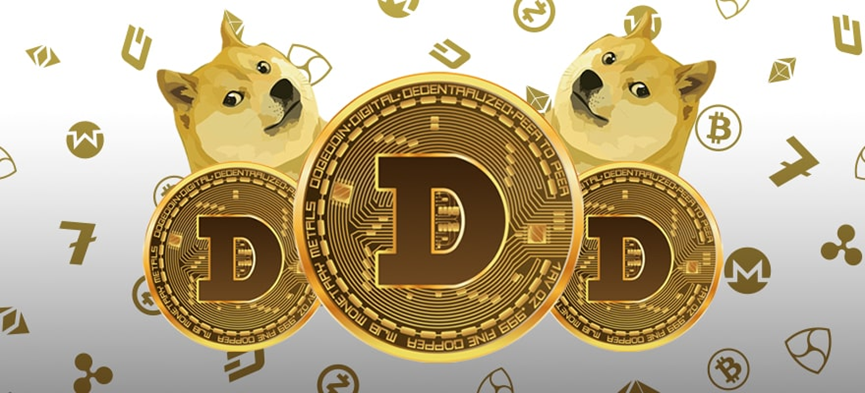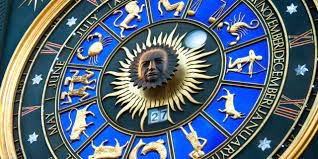Coins, those small metallic discs that jingle in our pockets,狗狗幣未來 have a rich and fascinating history that stretches back millennia. These unassuming pieces of metal are not just currency; they are windows into the past, symbols of power and culture, and even objects of art and beauty. Let’s embark on a journey through time and treasure to explore the captivating world of coins.
Coins have been used as a form of currency for over 2,600 years. The first recorded use of coins dates back to the ancient kingdom of Lydia, in what is now modern-day Turkey, around 600 BC. These early coins were made of electrum, a naturally occurring alloy of gold and silver. They featured intricate designs, often showcasing mythological figures or symbols of the ruling authority. These ancient coins provide valuable insights into the cultures and societies of their time, offering a glimpse into the art, technology, and politics of the past.
Throughout history, coins have been intimately tied to the rise and fall of empires. The Roman denarius, for instance, was not just a means of exchange; it was a symbol of Rome’s vast influence. The faces of emperors and important figures adorned these coins, reinforcing the authority and legitimacy of the Roman rulers. Similarly, in medieval Europe, kings and queens used coinage as a way to assert their power and authority over their realms. The design and composition of coins were carefully chosen to reflect the ruling monarch’s image and values.
Coins are not just utilitarian objects; they are miniature works of art. From the exquisite craftsmanship of ancient Greek drachmas to the intricate designs of Renaissance florins, coins have been a canvas for artistic expression. Engravers have skillfully depicted scenes from mythology, portraits of leaders, and intricate patterns. Even today, many countries produce commemorative coins that celebrate their culture, history, and achievements through stunning designs and craftsmanship.



